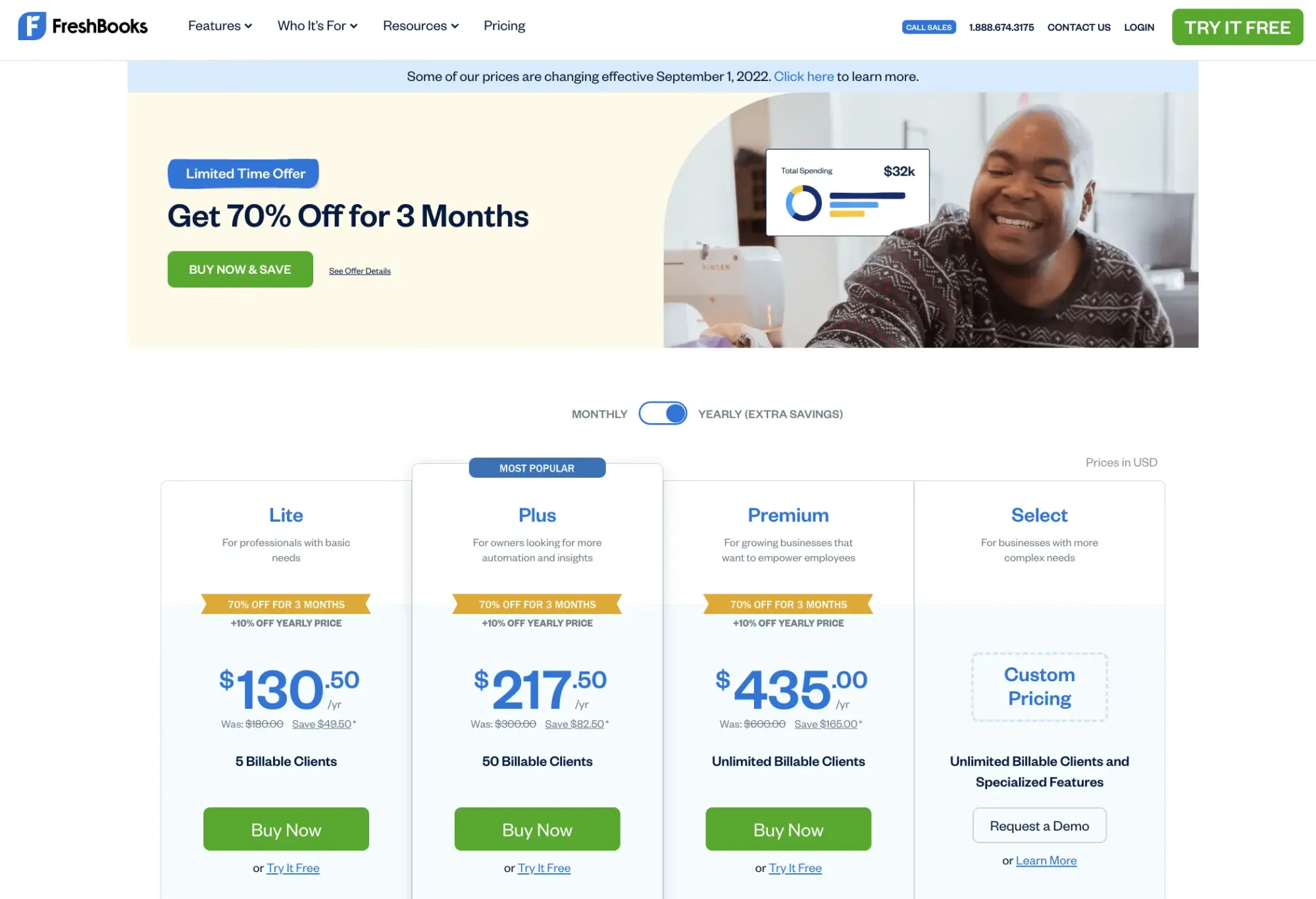Accounting Apps are one of the most time-saving tools for businesses. Automated technologies make everything much easier than before.
Plenty of accounting apps are on the market. Each has advantages and disadvantages, but they are one of the first boxes you must check before taking the job seriously.
Today, we’re talking about FreshBooks!
What is FreshBooks?
FreshBooks is a cloud-based accounting app with so many features. The FreshBooks app offers expense management, invoices, time tracking, and reports.
The main focus of FreshBooks is SMEs (Small and Medium-Sized Enterprises). The app does a good job of combining invoicing and accounting business with a user-friendly interface.
How to Use FreshBooks?
First, open a FreshBooks account with your email, Google, or Apple account. Then log in to FreshBooks.
- To set up your company account, go to Settings and My Account. Type your name, email address, and password.
- Then My Company is the place to adjust your company info. Enter the name and address of the company. Fill out currency, fiscal year-end, and other requirements.
- Logo and Theme are for customizing your invoices. Change color and font. Add your logo and see other items to make it outstanding.
- Choose the notifications you want to see from FreshBooks to your email.
Is FreshBooks Free?
FreshBooks is not Free, but it is 70% off for the first 3 months. Moreover, you can try it for 30 days for free without entering your credit card.

The basic plan costs $15, but 70% Off for the first 3 months gives a hand to try it for $4.50!
FreshBooks vs. QuickBooks… Which One is Better for you?
- Price: FreshBooks’ basic plan is $15 per month with customizable invoices, expense management, and time tracking. The bad thing is you can only add 5 clients to the plan. It would help if you upgraded to the next plan to get up to 50 clients, which is $25.
- QuickBooks’ entry-level plan costs: $17 per month with the expense and income tracking, receipts organization tools, invoicing, and payment acceptance.
- Core Features and Use of Them: FreshBooks offers better options if your small business is mostly into client management and billing.
- QuickBooks is a better choice on your plate if you are selling products. The tool works well with Shopify, Square, and PayPal.
- Ease of Use: FreshBooks is well designed and easy to learn. The interface is simple and easy to navigate. If you don’t want to hassle with complex interfaces and to get over your tedious work, FreshBooks is a good fit.
- QuickBooks offers more features with complexity. It would help if you had time to get to know all.
Read our QuickBooks review if you want to learn if it suits you.
Top Tips and Tricks to Get the Most Out of FreshBooks
- Payments are not hair-pulling anymore with FreshBooks. Accept payments with a credit card, PayPal, or POS. Payment transaction fees are imported automatically as expenses.
- Get paid right there. Send an email invoice to your clients with a PAY NOW button. The click directs your clients to a payment page.
- Embedded Helpdesk for your clients. You can get in contact with your clients directly via FreshBooks.
- Customize your page and polish your brand with a new look. Many options are available on FreshBooks to change the font, logo, and more.
- Set up a reminder if your clients forget to pay invoices. It will be sent automatically.
FreshBooks is accounting software for SMEs and freelancers. Manage your business and build better relationships with your clients. Everything is scheduled, automated, and on time.
Try FreshBooks for 30 days free!
Speaking of free…
Take your business to the next level with freelancer.guide!
Take care






